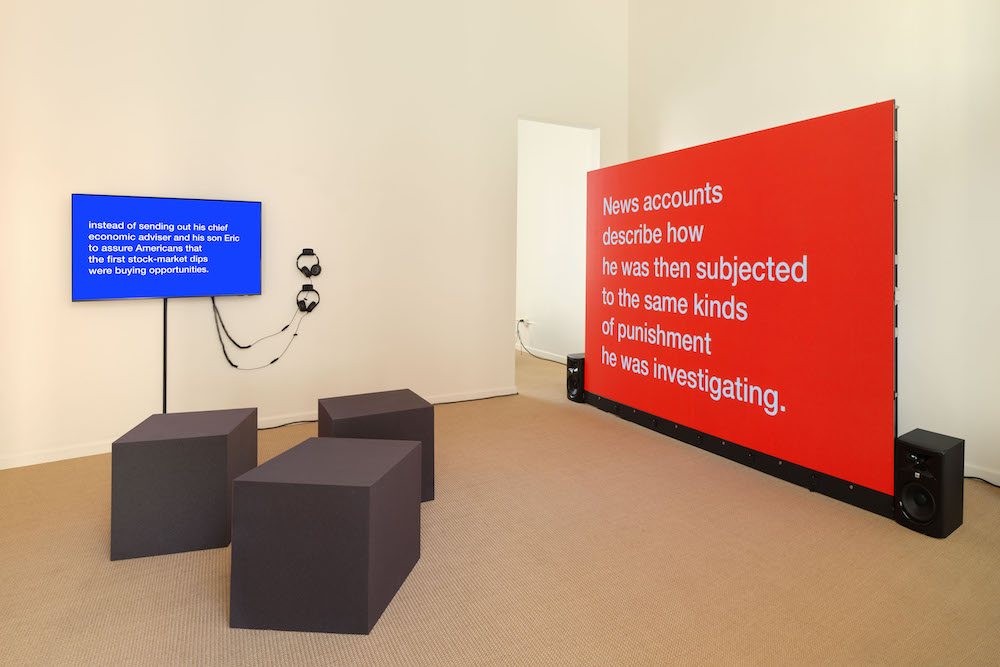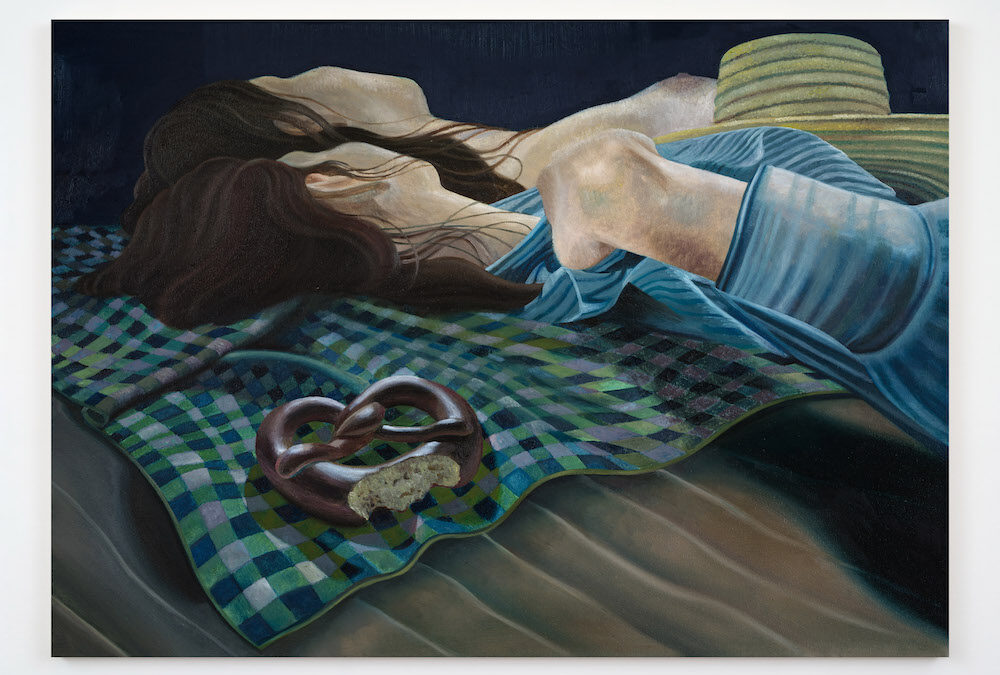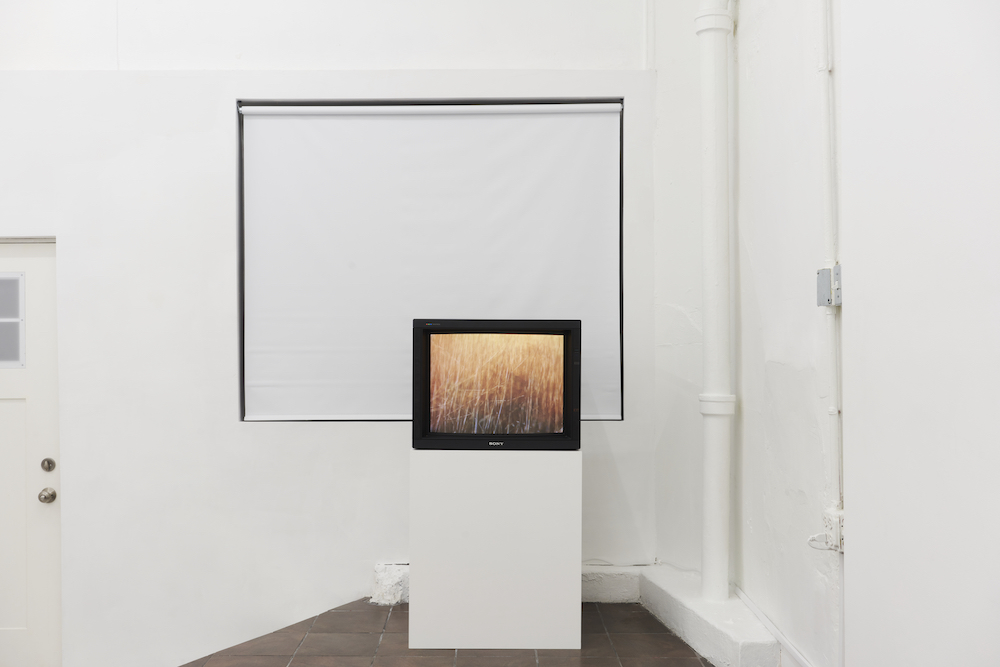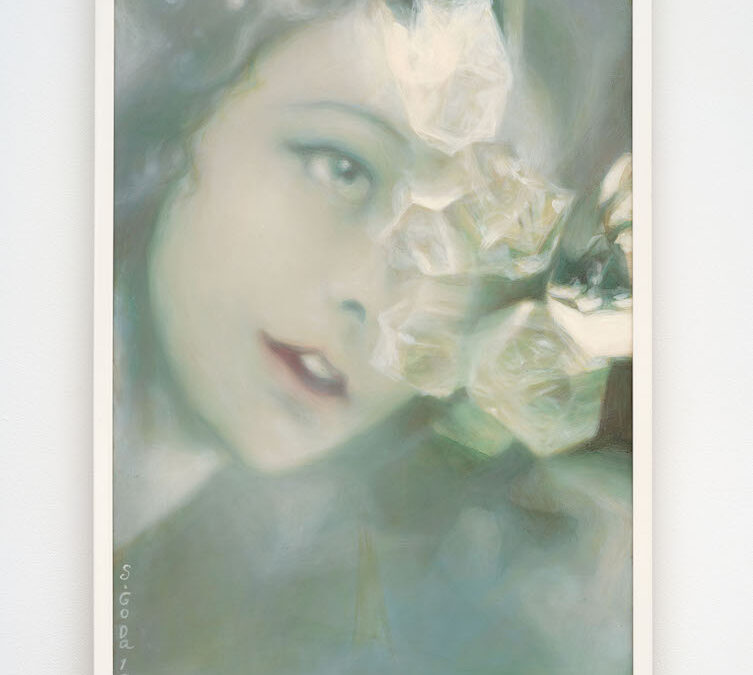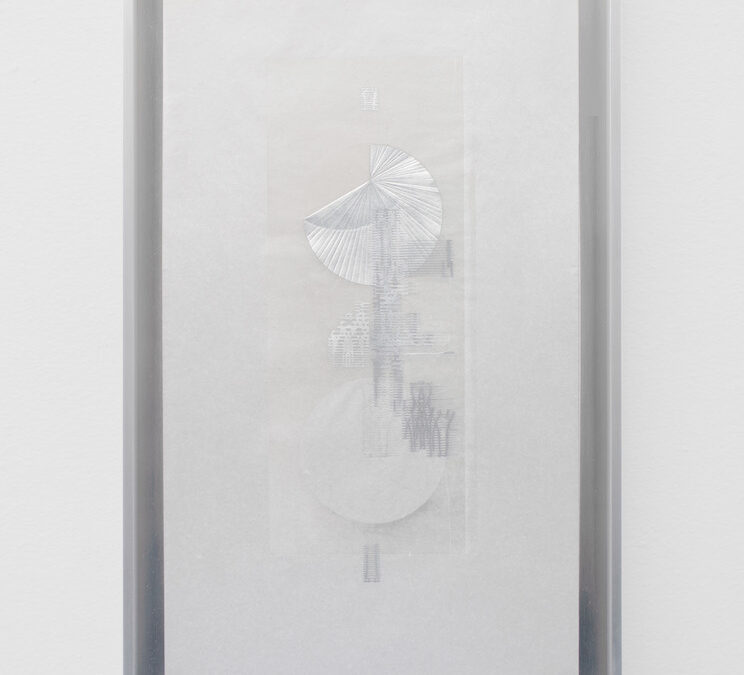To get to Tony Cokes' "All About Evil" at Hannah Hoffman, a show displaying 12 selected works from a period of nearly two decades (2006-2022), one must pass a sidewalk sign for the neighboring jewelry boutique Spinelli Kilcollin. Cokes' HD videos feature large white...
